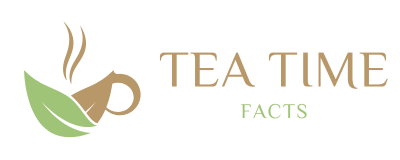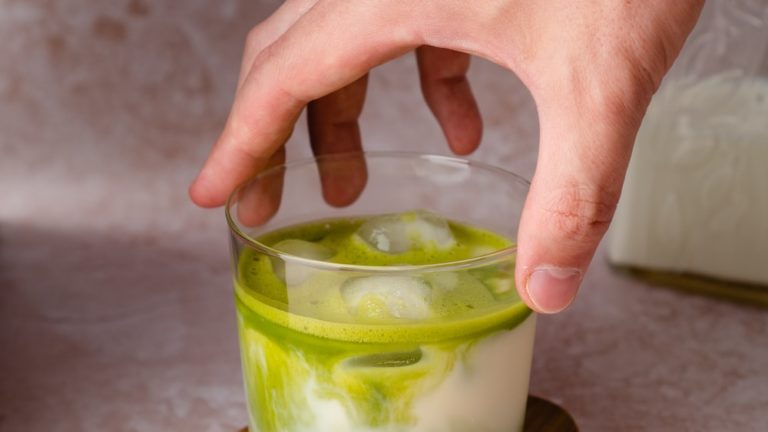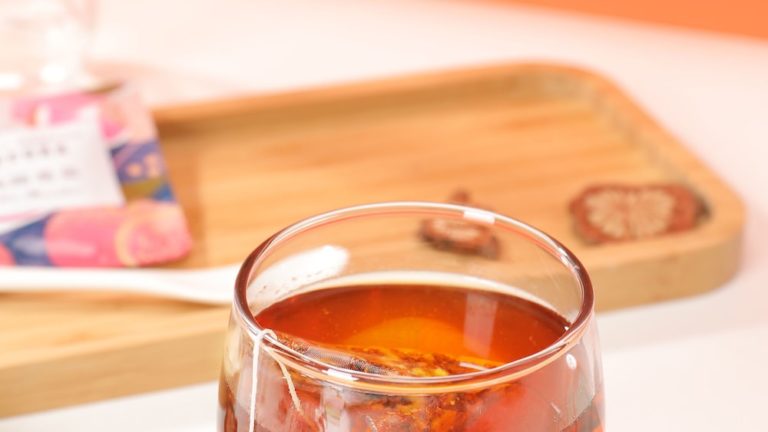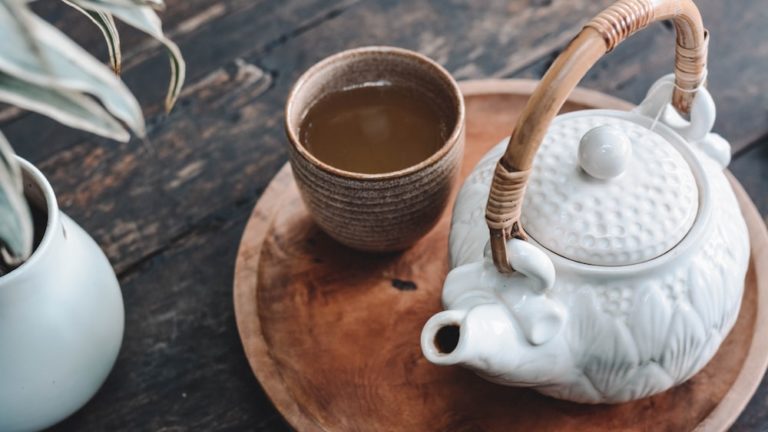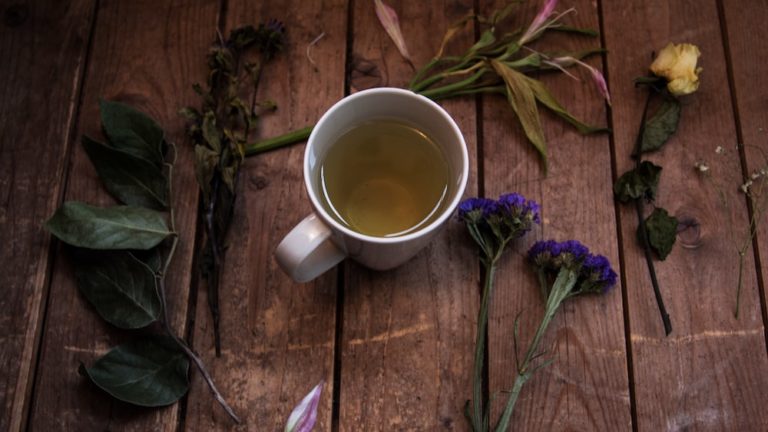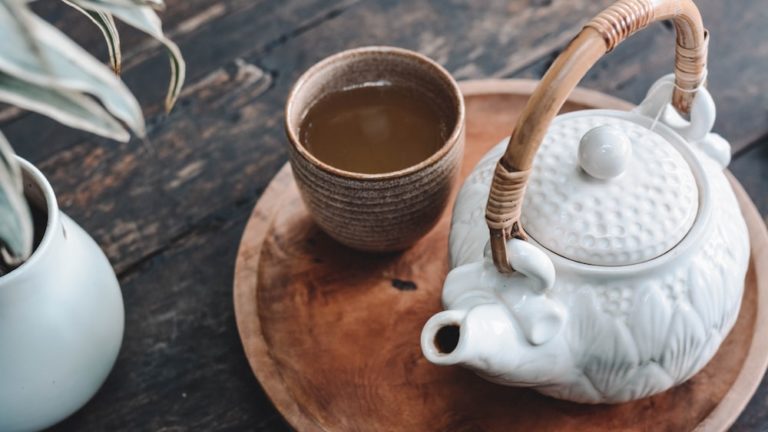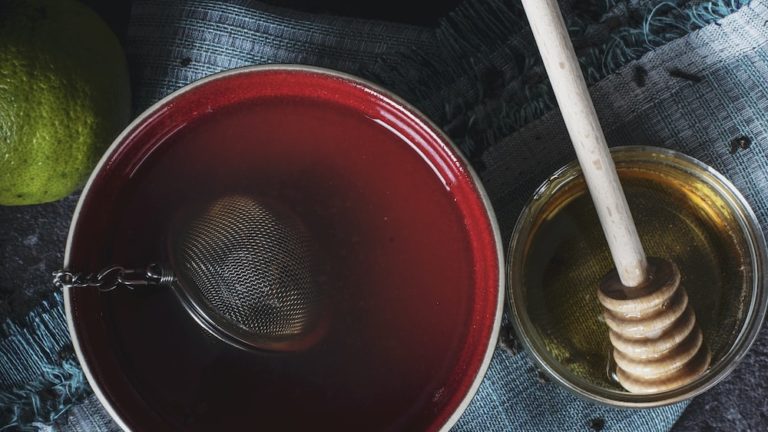Delightful Herbs For Tea: Fresh, Fragrant, And Delicious
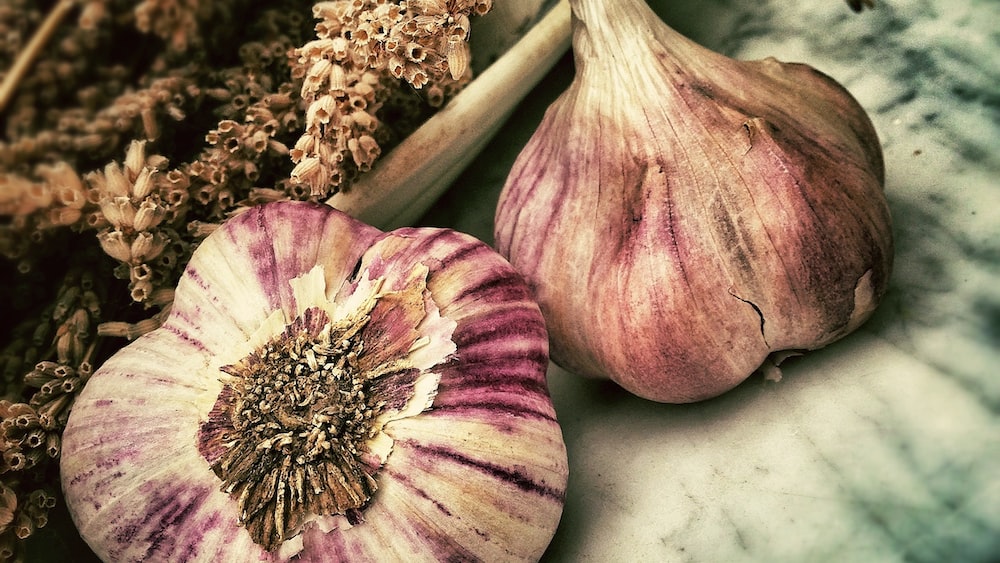
Delightful Herbs For Tea: Fresh, Fragrant, And Delicious
Hey there, welcome to our humble tea sanctuary, where the kettle is always on, and the leaves are ever eager to share their secrets. Fancy yourself a tea enthusiast, don’t you? Well, you’ve clicked your way to the right place! We’re obsessed with the wondrous world of tea, especially when it comes to those delightfully fragrant herbs that transform plain hot water into botanical bliss. Oh, the charm of a well-brewed herbal tea, right? Have you ever considered that your next perfect tea blend might be waiting to sprout in your backyard?
Well, let’s just say we’re not talking about the common or garden-variety teas here! We’re delving into the history, health benefits, and how-tos of herbal teas. We’re also going to look at the top 10 herbs for making heart-warming, delicious herbal teas. And if you’re feeling adventurous, we’ll give you the tea-stained map for growing your own herbal tea garden. Now, isn’t that the tea-riffic journey you’re just dying to embark on?
Alright, enough with the puns. Pour yourself a steaming cup, get comfy, and let’s dive into the art, culture, and science of herbal teas. And remember, there’s always time for tea and plenty of tea for your time, so soak it all in!
The Art of Herbal Teas
Ah, the art of herbal teas. It’s much more than brewing leaves in boiling water. It’s about extracting nature’s goodness, capturing the essence of plants, and letting them dance a sensual waltz on our taste buds. It’s about teatime being me-time, where you can kick back, relax, and savor the soothing, fragrant essence of botanicals in your favorite mug. Now, isn’t that an invite you just can’t resist? On to our aromatic adventure!
What are Herbal Teas?
So what exactly are herbal teas? Despite what their name might imply, herbal teas aren’t technically teas. Yes, you read right! True teas, such as green, black, white, and oolong, are brewed from the leaves of the Camellia sinensis plant, while herbal teas, or tisanes, are infusions made from herbs, flowers, spices, or other plant material.
Herbal teas come in a variety of flavors and aromas, each offering a unique and exciting blend of color, taste, and, of course, health benefits. From calming chamomile to zesty peppermint, from spicy ginger to fragrant hibiscus – the possibilities are endless.
And there’s nothing as satisfying as sipping on an infusion that you have crafted yourself. The mere practice of handpicking your favorite herbs, steeping them to perfection and savoring your herbal concoction is an art in itself. Talk about a hands-on tea experience!
Herbal teas, also known as tisanes, are infusions made from herbs, flowers, spices, or other plant material, offering a unique blend of flavors, aromas, and health benefits.
The History of Herbal Teas
The history of herbal teas is as steeped and complex as the flavors that these infusions offer. It’s a tale tangled in the roots of various civilizations, each having harnessed the potent powers of plants for health and wellbeing.
Herbal teas have been quenching thirst and healing ailments for centuries. Ancient Egyptians and Greeks prescribed herbal infusions for medicinal purposes while, in China, herbaceous brews have silently murmured the secrets of longevity to sages and emperors alike. And that’s but a drop in the ocean of this grand tea chronicle!
Benefits of Herbal Teas
So, you’ve embraced the charm of herbal teas, but are you aware of their bountiful benefits? With the right blend of herbs, your cup of tea can become more than just a tasty beverage. It can morph into a steaming potion full of health and wellness perks!
Health Benefits of Herbal Teas
Herbal teas are chock-full of benefits that care for your health like a well-meaning grandmother. Many herbs imbibe the power of lowering blood pressure, aiding digestion, reducing inflammation, fighting insomnia – the list is as long as a shadow at sunset!
Take chamomile, for example. This sweet little flower is a herbal superstar renowned for its calming properties. Similarly, peppermint is a popular digestive aid, while hibiscus is loved for its blood-pressure lowering properties. So it seems that each herb has its own song of health, and it’s up to us to tune in.
Relaxation and Wellness Benefits
If we’re talking about wellness benefits, then prepare to be impressed. Not only are herbal teas fantastic for your physical health, but they’re also a godsend for mental wellbeing. These steaming brews are like a comforting hug on a stressful day, a friend when you’re feeling low and cheerleaders when your spirits need a lift.
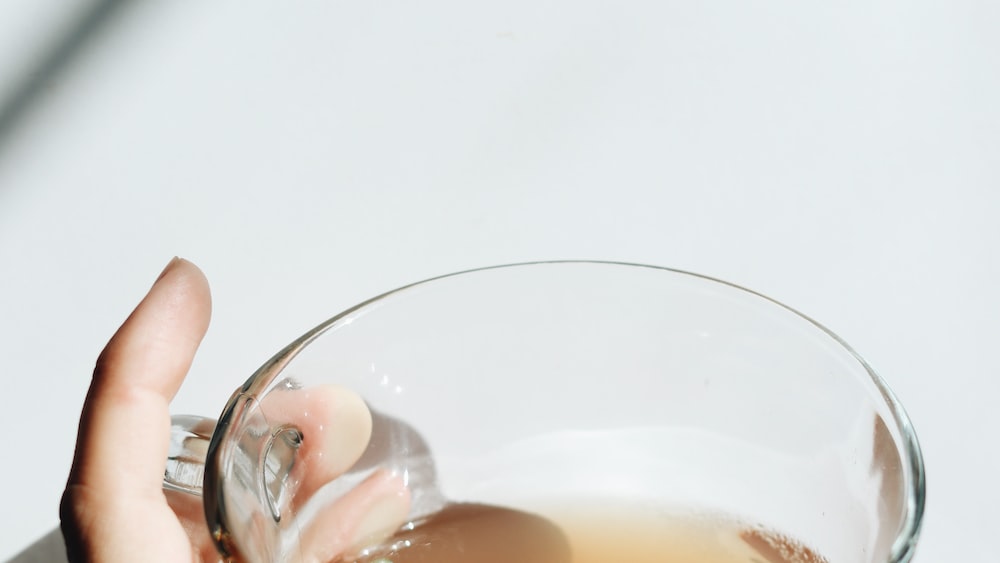
Savoring a cup of herbal tea can be a meditative experience. It’s a quiet moment to tune inwards, to get lost in the dance of the flavors and to just be present. Unplugging with a cup of tea in hand is a simple yet powerful way to practice mindfulness.
And it doesn’t stop there! The very act of brewing the tea – choosing the herbs, inhaling their fragrance, watching them unfurl and tint the water – all this conjures up relaxation and peace. It’s not just about brewing tea; it’s about brewing tranquility.
Top 10 Herbs for Tea
Alright, now that we’ve had our grand tour through the history and benefits of herbal teas, let’s get down to tea business. We’ve handpicked the top 10 herbs for making your own refreshing, aromatic, and delicious herbal teas. Fasten your seatbelts, folks, we’re headed to flavor town!
1. Chamomile
Praised for its soothing effects, chamomile is a timeless herbal classic. The dainty white flowers look unassuming, but don’t let them fool you. They pack a punch when it comes to building a relaxing tea experience.
Chamomile is known to work wonders on our nervous system. A cup of chamomile tea before bed can shoo away insomnia and summon a good night’s slumber. So, if counting sheep isn’t working for you, sipping chamomile could be the ticket to dreamland!
Chamomile also carries potential benefits for your tummy. It has been used through the ages to soothe digestive distress and upset stomaches. End your meals with a cup of chamomile tea and allow its smooth, floral notes to keep you and your tummy ultra-cosy.
2. Peppermint
At number two on our top 10 list, we have peppermint. This cool, refreshing herb is a treat for your senses from the moment you pluck its aromatic leaves.
Peppermint tea is your go-to for digestive relief. Whether you’re battling bloating, stomach cramps, or just an upset tummy, peppermint tea can shoo away these nuisances. In fact, it’s like the Swiss army knife of digestion – a multi-purpose tool for all your tummy troubles!
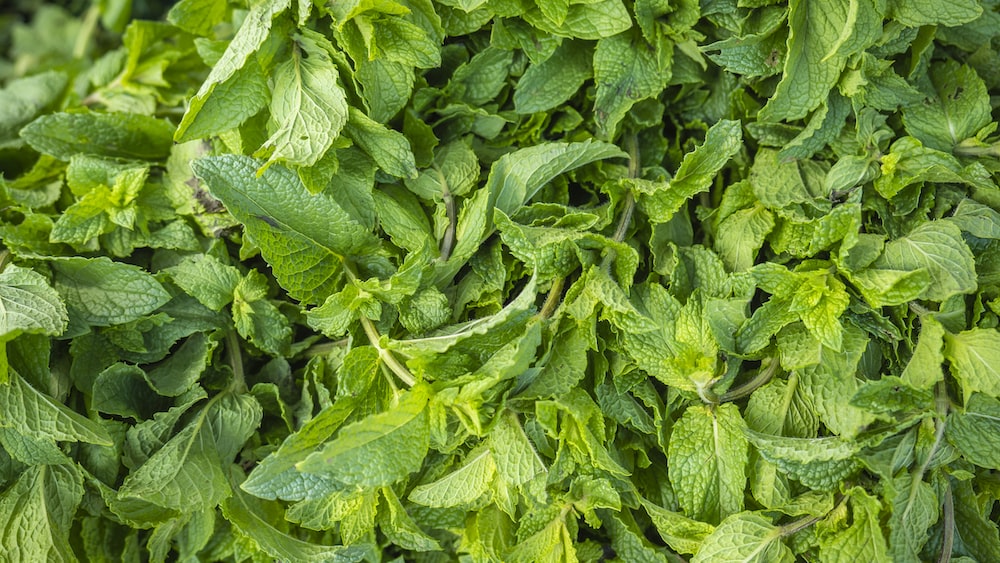
In addition, peppermint has a naturally invigorating aroma that can help bust stress and lift your mood. So, all things considered, peppermint is a power-packed herb that should definitely make its way into your tea blend!
Peppermint tea is a versatile herb that provides digestive relief, eliminates stress, and improves mood.
3. Ginger
Oh, ginger, the spiky haired rocker of the herbal tea world. With its fiery flavor and bold personality, you can’t help but notice when ginger is performing on your palette. Known to some as just a sushi sidekick, our rock star of the rhizomes takes the lead role in a ginger tea production quite admirably.
Ginger tea is more than just a warming tonic that sets your taste buds alight – it’s loaded with health benefits. Ever been on a boat and felt a bit, shall we say… topsy turvy? That’s right, ginger can help with nausea, and motion sickness too! It also has potent anti-inflammatory and antioxidant effects making it a great ally for your immune system.
It’s a zingy, invigorating cup of herbal harmony that’s got a real kick. You can amp up the spice volume further by brewing fresh ginger root, or use dried ginger for a mellower melody. But remember not to overdo it, or you might find your cuppa ‘head-banging’ back!
4. Hibiscus
Imagine sipping on a tea that looks like a Maui sunset and tastes like a tropical carnival in your mouth. Lovely, right? Hibiscus tea’s got your back! This tangy brew touts a distinct, berry-like flavor and a deep, ruby red color which surely adds a visual pop to your teacup.
Packed with vitamin C and a host of antioxidants, drinking hibiscus tea feels like giving your immune system a holiday in the Bahamas. It might also help lower blood pressure. But remember, in the world of tea, just like in life, balance is key. Hibiscus is tart, and might give you a sourpuss look if brewed too strong. So, sip carefully, and travel to those tropical tea destinations responsibly.
5. Echinacea
Now I have a question for you. If I tell you there’s a type of tea that may give your immune system the Hogwarts-style magic it deserves, would you believe me? Enter echinacea tea, the wizard of the wellness world whipping up potions for your health.
Echinacea, an American native turned global traveler, has skyrocketed in popularity thanks to its potential cold-fighting and throat-soothing benefits. Beyond the health buzz, echinacea brews up a tea with floral tones and a comforting earthiness that’ll make you feel like you’re having tea time in a charming garden.
6. Rooibos
We all have that one friend who’s versatile, reliable, and fits in well with all sorts of crowds – the very similar role Rooibos tea plays in the world of brews. Grown exclusively in the Cederberg Mountains of South Africa, rooibos, or ‘red bush,’ is a herbal wonder.
It’s a caffeine-free, antioxidant-rich super sipper that paints your cup a lovely burgundy. Plus, its smooth and slightly nutty taste can make you feel like you’re sipping on a calming dessert – sans the calories.
Your digestive system and your sleep routine may also become fervent fans of rooibos tea. Its compounds have been linked to better digestion and its lack of caffeine makes it a suitable pre-bedtime beverage. It might sound too good to be true, but sometimes, tea can surprise you like that.
7. Sage
Move over Newman, there’s a new sage character in town. And guess what, it doesn’t just work its wisdom in dishes, but in your teacup too! Sage isn’t just an aromatic herb known for its essential role in stuffing and sausage-making, it brews a pretty stellar tea too.
Rich in antioxidants and with potential brain-boosting benefits, sipping on sage tea could be like getting a wise old owl to be your mental health mascot. Its robust, slightly peppery flavor feels like wrapping your taste buds in a cozy, herby blanket, warming and comforting you to the core.
8. Lemon Balm
Now, let’s talk about the ‘happy herb’ of the herbal tea world – the charming Lemon Balm. If herbal teas were characters at a swanky garden party, Lemon Balm would be the jovial one regaling everyone with zesty tales and filling the air with delightful citrusy laughter.
As a tea, Lemon Balm is refreshingly light with a bright, citrusy flavor that might even tickle your taste buds into thinking you’re having lemonade. It’s believed to calm nerves, promote sleep, and even enhance moods. So, the next time you’re feeling down, remember to turn to our herbal comedian for a cup of cheer.
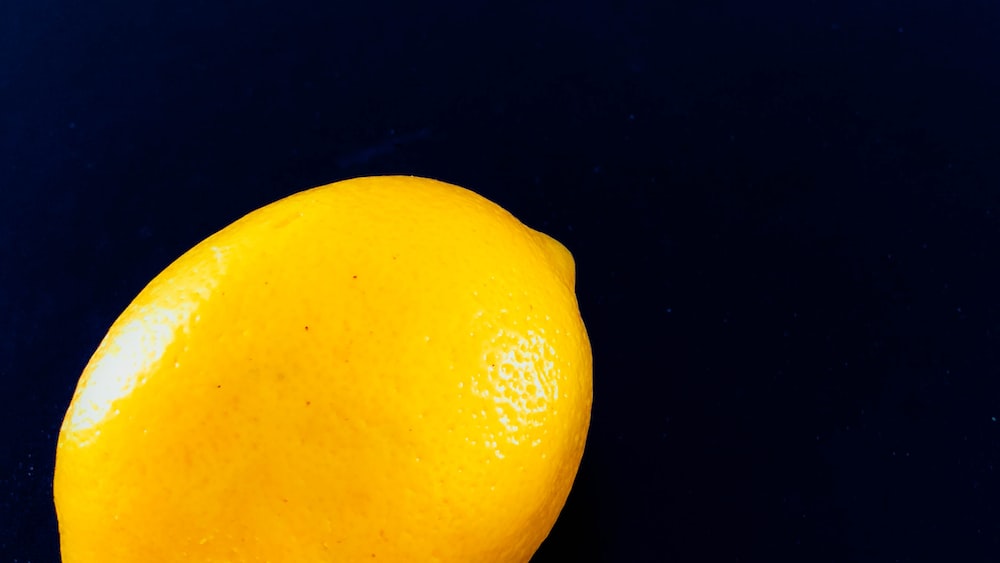
9. Rose Hip
Ah, Rose Hip, the Cinderella of the tea world. It’s not the part of the rose you typically adore, but when transformed into tea, it surely steals the show with its vibrant flavor and health benefits.
Rose Hip tea claims a refreshing, tart tasting brew that reminds one of cranberries or ripe apples. And while it keeps your taste buds entertained, it works wonders with its high vitamin C content, making your immune system ready to take on the world. Life really is a bed of roses, isn’t it? Especially when you’re sipping on delicious Rose Hip tea.
Rose Hip tea is not only delicious with its refreshing, tart flavor reminiscent of cranberries or ripe apples, but it also boosts your immune system with its high vitamin C content.
10. Passionflower
Feeling anxious or struggling to get some Zs? Passionflower tea might just be the bedtime companion you need. Known for its calming capabilities, it’s like a tranquil lullaby that sings your worries to sleep.
Coupled with its sweet, floral taste, it’s a herbal dream team of taste and tranquility neatly packaged in a teacup. So, sip on, and let the passionflower tea bewitch your worries away. Trust me, it’s so much better than counting virtual sheep.
Growing Your Own Herbal Tea Garden
Who doesn’t love the idea of stepping into their backyard and being greeted by a myriad of herbs ready to transform into delightful teas? Imagine – plucking fresh leaves, inhaling their natural scent, and brewing a cup of wellness. It’s a dream that can become your reality by growing your own herbal tea garden.
Benefits of Growing an Herbal Tea Garden
Growing your own herbal tea garden is like owning a magical ward full of potion ingredients whenever you need them. There are numerous benefits to this, and I’m about to spill the tea on them – metaphorically, of course; we wouldn’t want to waste actual tea.
Firstly, you’ll have fresh, organic herbs handy. There’s nothing quite like the feeling of picking your own herbs for a fresh brew. It feels almost, dare I say, Hogwartsish? Secondly, you would be saving money. Admit it, us tea connoisseurs do tend to spend quite a bit on our beloved brews.
In addition, cultivating your own herbs provides an avenue for creativity – creating your own blends, tweaking recipes, and exploring flavors. Finally, believe it or not, gardening can be very therapeutic. It’s a low-impact outdoor activity giving you the much-needed touch of nature whilst fostering a sense of achievement. So why not combine the love of tea and gardening? It truly is a ‘steep’ towards a healthier lifestyle.
Best Herbs to Plant for Flavor in Tea Blends
Gardening, huh? It’s almost as therapeutic as a cup of Camellia sinensis on a rainy day, isn’t it? Yet, tea blending takes the game to a whole new level. Not sure where to start? Let’s simplify it for you by handpicking a few herbs adding fireworks to your flavor party. Peppermint takes the crown for its fresh aftertaste. Just talking about it revs up my taste buds! For some citrus burst, consider planting lemon balm. It’s as refreshing as a catnap on a sunny Sunday afternoon. Adding a twist of mystery to your blend is the delicate, apple-like sweetness of chamomile. Let’s not forget ginger – it’s the spicy superhero your tea never knew it needed!
How about trying a blend with the subtlety of rosehips or the boldness of hibiscus? Rosehips bring a sweet and tangy flavor, kind of like your favorite crime thriller novel, whereas hibiscus wafts in a tart and cranberry-like punch, as surprising as your best friend’s sudden confession of their love for math. Playwrights of the botanical saga, it’s time to improvise your script!
How to Make Herbal Tea at Home
King Arthur pulls out his Excalibur; your favorite sitcom character has a catchphrase. For us tea enthusiasts, one could say crafting our own herbal tea is where the magic truly happens! It’s as simple and intricate as a Shakespearean sonnet, but you’re bound to love every single step. Brace for an orchestration of sweet symphony, friends!
Preparing the Herbs
We’re now in the green room, preparing for our main act. Picture this, you’re preparing fresh mint leaves and as you pluck, the unmistakable aroma wafts through the room teasing your senses. Magic, isn’t it? After gathering your performers – the herbs – a gentle rinse under cool water will do.
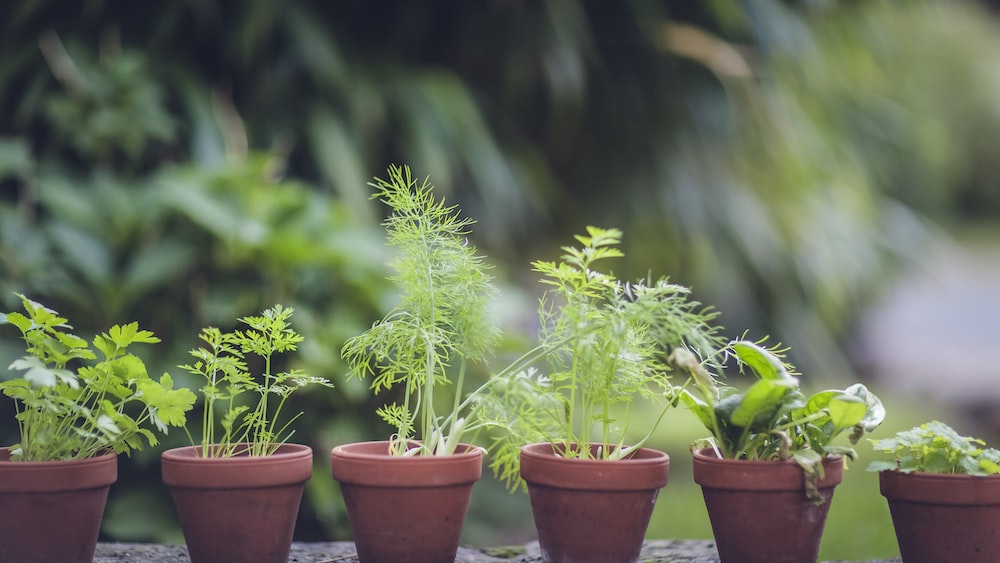
This is your Rubicon moment; you either leave your herbs whole for a delicate, subtle flavor, or crush them for a bold, daring taste. After all, who needs a roller coaster ride when you’ve got herbaceous experimenting at your fingertips, right?
Brewing the Perfect Cup
Props are ready, actors are on stage, and it’s time to break a leg. Or, in our case, brew a leaf! Rinse your teapot with warm water first, to prep it for the steaming spectacle. Add your herbs, fill the pot with boiling water, and let it steep. The steep might seem like an unnecessary delay, like waiting for your favorite band to hit the stage at a concert, but it’s crucial for extracting all the flavors from your herbs.
Every herb has a unique-steeping time, just like every songbird has a unique voice. Remember, though, that fine balance is the key. Too short, and your tea may come off as the shy understudy; too long, and it may turn into the diva no one can handle.
FAQs
1. What are the best herbs for beginners to grow for tea?
For beginners to grow for tea, mint and chamomile are great choices. These herbs are hardy, easy to grow, and provide a lovely flavor to your brew. Also, they’re forgiving to minor slip-ups, making them perfect for your early horticulture adventures.
2. How long does it take to grow herbs for tea?
The span it takes to grow herbs for tea largely depends on the herb. Mint or chamomile, for instance, might just surprise you by sprouting in a few weeks. For others like ginger or hibiscus, you might be playing a longer waiting game, sort of like waiting for the next season of your favorite TV Series.
3. Can I mix different herbs in my tea?
Absolutely! Mixing different herbs in your tea is like creating a harmonious fusion in music, with the different herbs forming alluring melodies. It’s a beautiful way to benefit from multiple flavors and medicinal properties. Play your symphony!
4. Are there any potential side effects of herbal teas?
Yes, there can be potential side effects of herbal teas, mostly if you have any allergies or medical conditions. Like every great tale has a villain, some herbs might act as unwelcomed guests for certain individuals. Always listen to your body and consult your doctor if unsure.
Conclusion
Pouring over centuries of art, culture, and science of tea, we traversed from the history of teas to your very own tea garden, like a river journeying from its source to the sea. Remember, herbal teas are more than just about brewing and sipping; they’re a medley of aroma, flavor, color, and emotions, kind of like a piece of music that fills the room long after the melody has faded.
Are you ready to invite this serenading symphony into your daily wellness routine? Will you be the next Mozart of herbal teas? Only one way to find out, right? The stage is set, the curtains are waiting to rise, and the spotlight is all yours. Let’s get steeping!
As you embrace this journey, remember the ginger tea sagely advises – “Life’s storms only make one stronger, just like the boiling water does to me”. And on that brewtiful note, it’s time to sign off. Until our tea tales cross again, toodle-oo, dear friend. This is Zoe, brewing joy, one leaf at a time!
